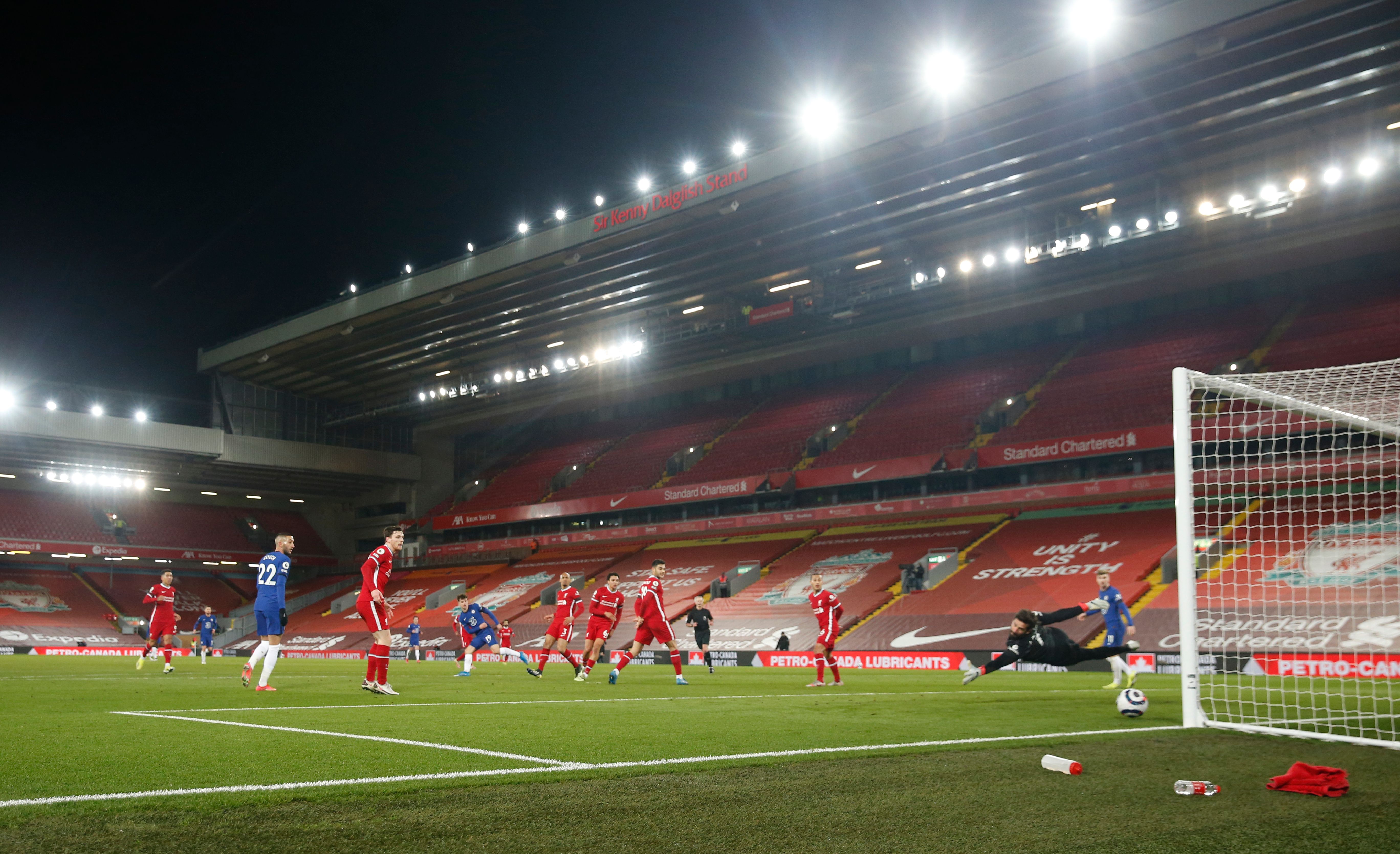Jules Bianchi crash details: what is diffuse axonal injury?
Marussia driver's injuries explained as damage to the 'cabling' in his brain, as experts fly to Japan

As Jules Bianchi continues to fight for his life, the family of the Formula 1 racing driver have revealed the extent of the injuries he sustained in the horrendous crash that ended Sunday's Japanese Grand Prix.
The 25-year-old Frenchman is suffering from a "diffuse axonal injury" (DAI), in which nerve fibres in the brain are torn as the organ moves back and forth in the skull because of sudden acceleration or deceleration.
The Marussia driver remains in the intensive care unit of the Mie General Hospital in Yokkaichi three days after he ploughed into a recovery vehicle that was removing Adrian Sutil's car from the Suzuka circuit. In a statement released on Formula One's official Facebook page, the Bianchi family said: "He has suffered a diffuse axonal injury and is in a critical but stable condition. The medical professionals at the hospital are providing the very best treatment and care and we are grateful for everything they have done for Jules since his accident."
The Week
Escape your echo chamber. Get the facts behind the news, plus analysis from multiple perspectives.

Sign up for The Week's Free Newsletters
From our morning news briefing to a weekly Good News Newsletter, get the best of The Week delivered directly to your inbox.
From our morning news briefing to a weekly Good News Newsletter, get the best of The Week delivered directly to your inbox.
Bianchi, who made his F1 debut with Marussia in 2013, is in the best possible hands following the arrival on Tuesday of Professor Alessandro Frati, a neurosurgeon from the University of Rome La Sapienza. He travelled to Japan at the request of the Ferrari team. Professor Gerard Saillant, president of the FIA medical commission, is also present. The family said they were at Bianchi's beside "to advise".
The family also expressed their gratitude for the "messages of support and affection for Jules from all over the world have been a source of great comfort to us".
As the FIA, world motorsport's governing body, demands answers from race director Charlie Whiting on how exactly the crash happened in wet conditions, the former F1 doctor Gary Hartstein said it was too early to give a detailed prognosis. "This has to be given time," he told BBC Radio 5 live. "Diffuse axonal injury means that the patient is not doing well, but the scan of the brain often looks normal. Let's wait for him to get out of intensive care, get the vital signs stable and then see."
Writing on his blog, Hartstein described DAI as damage to the "cabling" in the brain and said that because the injury is not located in a specific place it can make recovery harder. "DAI is usually associated with a sombre prognosis," he warned.
A free daily email with the biggest news stories of the day – and the best features from TheWeek.com
-
 Trump halts wind power projects, citing ‘security’
Trump halts wind power projects, citing ‘security’Speed Read
-
 Hilarious comedians to see on tour this winter
Hilarious comedians to see on tour this winterThe Week Recommends Get some laughs from Nate Bargatze, Josh Johnson and more
-
 A January deadline could bring the pain all over again
A January deadline could bring the pain all over againToday’s Big Question A January deadline could bring the pain all over again
-
 Mason Greenwood: footballer arrested on suspicion of rape and assault
Mason Greenwood: footballer arrested on suspicion of rape and assaultSpeed Read Man Utd confirm the striker will not train or play until further notice
-
 Handball: swapping bikini bottoms for tight pants
Handball: swapping bikini bottoms for tight pantsSpeed Read Women competitors will be required to ‘wear short tight pants with a close fit’
-
 Cristiano Ronaldo’s second coming
Cristiano Ronaldo’s second comingSpeed Read Last week, Manchester United re-signed the forward on a two-year deal thought to be worth more than £400,000 a week
-
 Bank holidays and boycotts: are MPs trying to jinx England?
Bank holidays and boycotts: are MPs trying to jinx England?Speed Read Declaring a bank holiday would be ‘tempting fate’, says Boris Johnson
-
 Weightlifting: Olympic Games set for transgender first
Weightlifting: Olympic Games set for transgender firstSpeed Read New Zealand weightlifter Laurel Hubbard will make history at Tokyo 2020
-
 Sport shorts: Champions League expansion plan to be agreed
Sport shorts: Champions League expansion plan to be agreedSpeed Read News and reactions from the world of sport, featuring Joachim Low and the Lions women’s team
-
 Sport shorts: Sturgeon slams Rangers fans over title celebrations
Sport shorts: Sturgeon slams Rangers fans over title celebrationsSpeed Read News and reactions from the world of sport, featuring Keely Hodgkinson and Bryson DeChambeau
-
 Sport shorts: Klopp’s unwanted record as Liverpool lose again at Anfield
Sport shorts: Klopp’s unwanted record as Liverpool lose again at AnfieldSpeed Read News and reactions from the world of sport, featuring Tiger Woods and Tom Brady